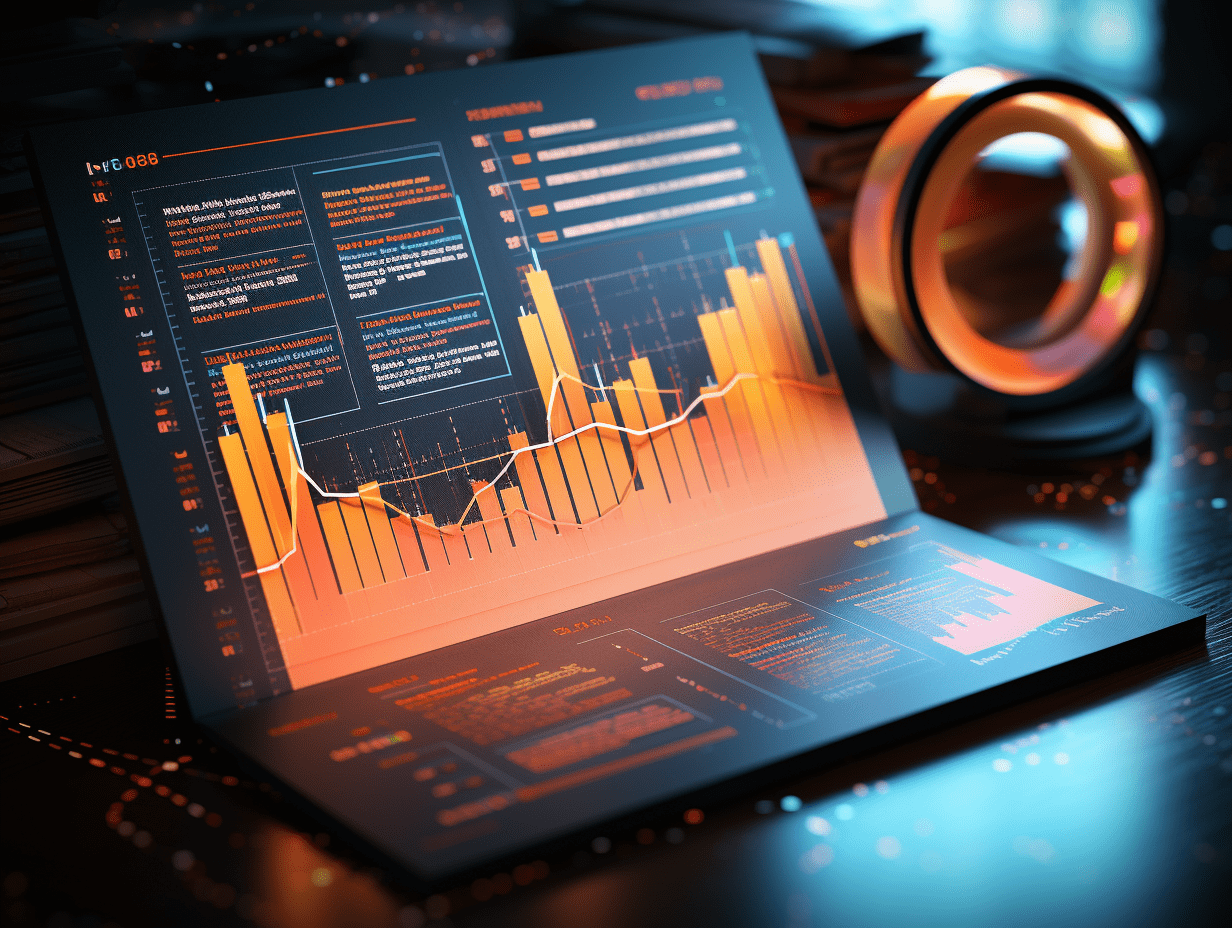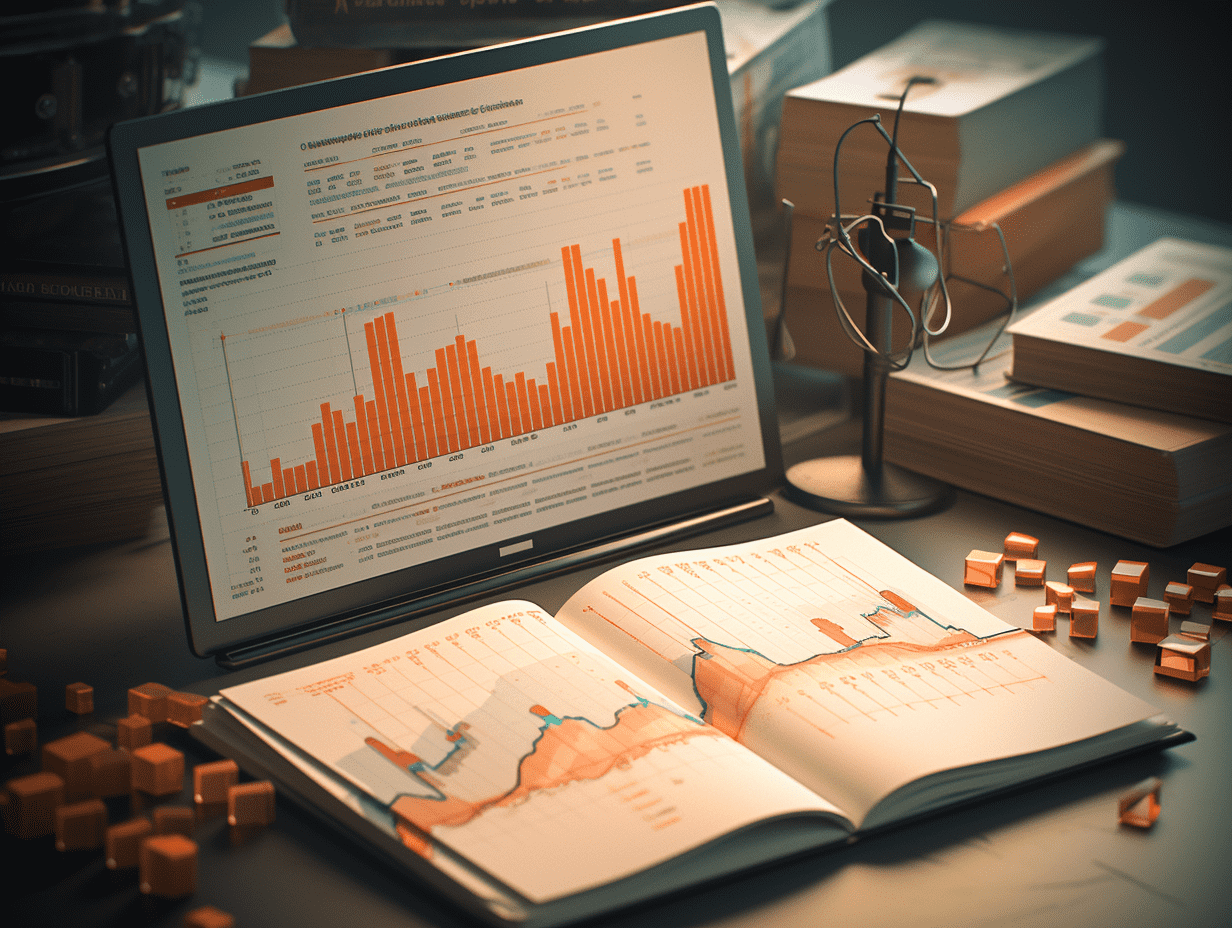Goldman Sachs Group, Inc. raises Apple Inc.'s (AAPL.US) target price ahead of Q4 earnings: App Store growth slowing but impact limited, strong demand for iPhone 17 continues.
Goldman Sachs recently released a stock research report on Apple Inc. (AAPL.US), maintaining a "buy" rating and giving a 12-month price target of $279.00.
Goldman Sachs Group, Inc. recently released a research report on Apple Inc. (AAPL.US) stock, maintaining a "buy" rating with a 12-month target price of $279.00, representing an upside potential of 6.4%. Apple Inc. is set to release its fourth quarter (F4Q25) financial report for the 2025 fiscal year on October 30th, with Goldman Sachs Group, Inc. predicting that both revenue and earnings per share (EPS) will exceed market consensus.
In terms of forecasted performance for F4Q25, Goldman Sachs Group, Inc. anticipates revenue to reach $103.5 billion, a 9% year-over-year increase, surpassing the market consensus of $101.8 billion; EPS is expected to be $1.81, also higher than the market consensus of $1.77. The gross margin is forecasted to be 46.5%, including $1.1 billion in tariff costs, within the company's previous guidance range.
Looking at the different business segments, product revenue is the core driver. As the flagship product, iPhone is expected to generate revenue of $50.8 billion, a 10% year-over-year increase, outperforming the market consensus of $49.8 billion. This is attributed to the strong performance of the iPhone 17 series, with sales growing by 3% year-over-year, consistent with IDC estimates, and a shift towards higher-priced models leading to a 7% year-over-year increase in average selling price (ASP), supported by demand for device upgrades during the pandemic.
Mac business is expected to generate revenue of $8.681 billion, a 12% year-over-year increase, driven by demand for device upgrades (as 51 million Mac units shipped in 2020-2021 enter the replacement cycle) and back-to-school season support, but ASP is expected to decrease by 1% year-over-year due to price cuts for the M4 MacBook Air and an increase in education discounts.
iPad business is forecasted to generate revenue of $6.93 billion, flat year-over-year, supported by demand for device upgrades, but offset by education purchase discounts curbing the boost to ASP from high-end models.
Services business shows strong resilience, with expected revenue of $28.2 billion, a 13% year-over-year growth, in line with market consensus. Despite a slowdown in App Store spending to 10%, compared to 13% in F3Q25, continued growth in iCloud+, App Store related revenue (TAC), AppleCare+, Apple Pay, and other subscription services offset this decline. The TAC advertising business is expected to achieve a compound annual growth rate of 9% from 2024 to 2029, consistent with Alphabet Inc. Class C TAC growth trends; Apple TV+ raised its monthly fee from $9.99 to $12.99 in August 2025, further boosting service revenue growth.
Looking ahead, Apple Inc. has sufficient momentum for growth in the 2026 fiscal year. In the iPhone segment, besides continued demand for the iPhone 17 series, competition among U.S. carriers and the launch of the iPhone 18 foldable screen model (expected in September 2026, featuring a 2nm A20 chip and a seamless design) will support demand.
The product pipeline is rich, with plans to release the M4 Ultra chip Mac Pro in the second half of 2025 in the Mac field, OLED MacBook Pro in 2026-2027, M5 iPad Pro in October 2025 in the iPad field, and the 12th generation base iPad in March-April 2026. In addition, Smart Glasses are set to be launched in 2026-2027, followed by the release of Vision Pro 2 in 2028, continuing to enhance the ecosystem.
Goldman Sachs Group, Inc. also addressed several key controversies in the report: on one hand, they stated that demand for the iPhone 17 is stronger than previous generations, with support from delivery cycles, production plans, and channel data. As Apple Inc. eliminated the 128GB storage version across the entire iPhone lineup, effectively raising prices, the higher-than-expected sales of the base model of the iPhone 17 will not significantly impact product profit margins.
Furthermore, the bank mentioned that third-party payment has limited impact on the App Store, as users prefer seamless experiences, and Apple Inc. is hedging risks through expanding its service categories. Concerns about the long-term relevance of smartphones are unnecessary, as the large global installed base and Apple Inc.'s continued innovation support its position. Based on current societal behavior patterns, smartphones should maintain strong resilience. Even nearly 20 years after the launch of the iPhone, the active installed base continues to reach historic highs.
On the risk side, Goldman Sachs Group, Inc. stated that Apple Inc. faces multiple challenges: demand could be affected by macroeconomic conditions, extending the replacement cycle; the supply chain relies on Chinese assembly, with potential disruptions from political factors; intensified competition in the streaming and device sectors; regulatory demands on third-party payments could weaken App Store commission income; and uncertainties exist in the effectiveness of capital allocation through mergers and acquisitions and stock buyback ROI. Overall, Goldman Sachs Group, Inc. believes that Apple Inc., with its product innovation and ecosystem advantage, still has long-term growth potential.
Related Articles

NEWBORNTOWN (09911) released its operating data for the first three quarters: revenue from innovative businesses increased by over 70% year-on-year.

New stock news | Hehui Optoelectronics (688538.SH) successfully submitted the second prospectus to the Hong Kong Stock Exchange, providing AMOLED semiconductor display panel services for Honor and Transsion.

HK Stock Market Move | NOVAUTEK (00519) rises over 7%, has achieved phased results in overseas and international business layout at Siasun Robot & Automation.
NEWBORNTOWN (09911) released its operating data for the first three quarters: revenue from innovative businesses increased by over 70% year-on-year.

New stock news | Hehui Optoelectronics (688538.SH) successfully submitted the second prospectus to the Hong Kong Stock Exchange, providing AMOLED semiconductor display panel services for Honor and Transsion.

HK Stock Market Move | NOVAUTEK (00519) rises over 7%, has achieved phased results in overseas and international business layout at Siasun Robot & Automation.

RECOMMEND

Why European Automakers Are Opposing Dutch Sanctions
20/10/2025

Domestic Commercial Rockets Enter Batch Launch Era: Behind the Scenes a Sixfold Cost Gap and Reusability as the Key Breakthrough
20/10/2025

Multiple Positive Catalysts Lift Tech Stocks; UBS Elevates China Tech to Most Attractive, Citing AI as Core Rationale
20/10/2025


